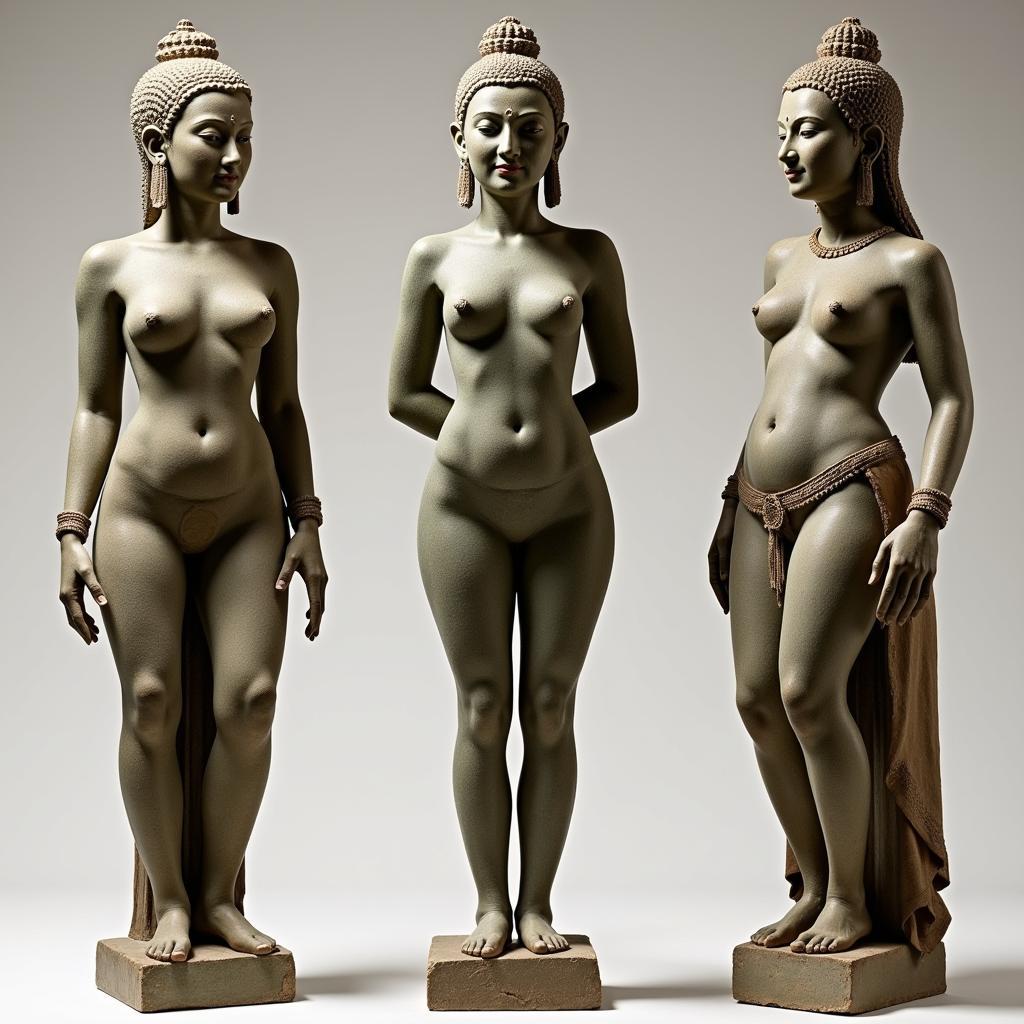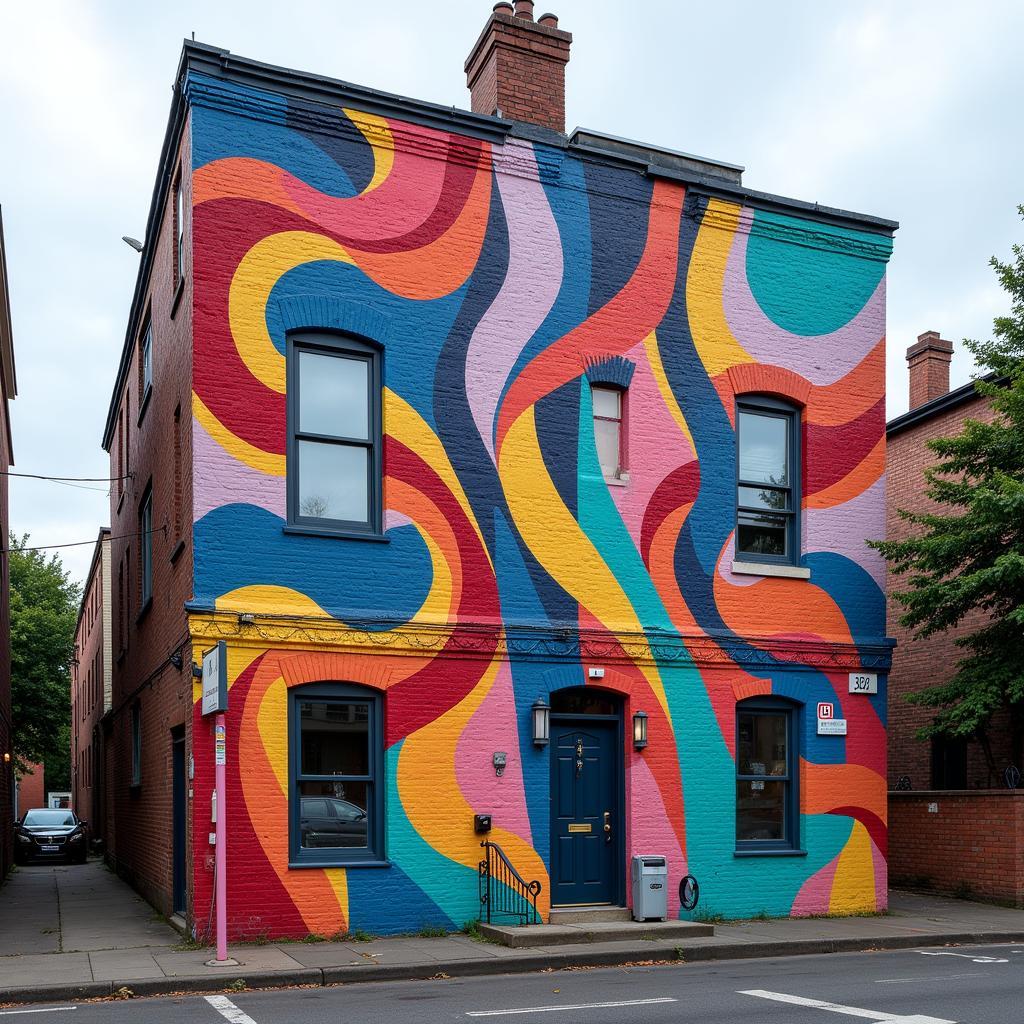Exploring Indian Naked Art: A Journey Through History and Culture
Indian Naked Art, a complex and often misunderstood subject, encompasses a rich history interwoven with cultural and religious beliefs. From ancient temple carvings to modern interpretations, depictions of the human form in its natural state have played a significant role in Indian artistic expression. This exploration delves into the multifaceted nature of this art form, considering its historical context, cultural significance, and the evolving perspectives surrounding it.
Understanding the Context of Indian Naked Art
The portrayal of nudity in Indian art isn’t simply about aesthetics; it’s deeply rooted in philosophical and spiritual concepts. Often, nudity symbolizes purity, vulnerability, and the cyclical nature of life, death, and rebirth. For centuries, artists have used the naked form to represent deities, celestial beings, and allegorical figures, conveying profound messages about the human condition and the cosmos. It’s crucial to approach this art form with sensitivity and an understanding of its cultural context, avoiding the imposition of modern Western interpretations. native wall art demonstrates a respectful appreciation of diverse cultural expressions.
This nuanced approach requires us to examine the specific historical and religious contexts in which these artworks were created. For instance, the erotic sculptures found in temples like Khajuraho are not merely depictions of sensuality but complex narratives exploring themes of dharma, kama, and moksha – the righteous path, desire, and liberation.
The Evolution of Indian Naked Art Through Time
From the ancient Indus Valley Civilization to the Mughal era and beyond, the depiction of the naked form in Indian art has undergone significant transformations. Early depictions often emphasized fertility and abundance, reflecting the agrarian societies of the time. Later, with the rise of Buddhism and Jainism, nudity became associated with asceticism and renunciation of worldly desires.
The influence of various artistic schools and regional styles also shaped the representation of the naked body. For example, the voluptuous figures of the Gupta period contrast sharply with the more stylized forms found in South Indian bronzes. Examining these variations offers insights into the diverse artistic traditions and cultural nuances that have contributed to the rich tapestry of Indian art.
 Indian Naked Art in the Gupta Period: Sculptures and Their Significance
Indian Naked Art in the Gupta Period: Sculptures and Their Significance
What are some common misconceptions about Indian naked art?
A common misconception is that all Indian naked art is erotic. While some depictions explore sensuality and desire, many others focus on spiritual and philosophical themes.
How has colonialism impacted the perception of Indian naked art?
Colonial interpretations often imposed Victorian morality on Indian art, leading to misunderstandings and misrepresentations of its true meaning.
Indian Naked Art in the Modern Era
Modern Indian artists continue to engage with the theme of nudity, often exploring new interpretations and challenging traditional norms. Contemporary artists are using the naked form to address issues of identity, gender, and social commentary. Their work often reflects a dialogue between tradition and modernity, pushing the boundaries of artistic expression and sparking important conversations about the human body and its representation in art.
Conclusion
Indian naked art is a complex and fascinating subject that demands careful consideration and cultural sensitivity. By understanding its historical, religious, and cultural contexts, we can appreciate the profound meanings embedded within these artistic expressions. From ancient temple carvings to modern interpretations, the depiction of the human form in its natural state continues to be a powerful and evolving force in Indian art, reminding us of the enduring connection between art, culture, and the human experience. Explore further by looking at native wall art for a broader perspective on artistic representations across cultures.
FAQ
- What is the significance of nudity in Indian art? Nudity often symbolizes purity, vulnerability, and the cyclical nature of life.
- Where can I find examples of Indian naked art? Ancient temples, museums, and art galleries often house collections of Indian art featuring the naked form.
- Are all depictions of nudity in Indian art erotic? No, many depictions focus on spiritual and philosophical themes.
- How has colonialism impacted the perception of Indian naked art? Colonial interpretations often imposed Victorian morality, leading to misrepresentations.
- Are modern Indian artists still engaging with this theme? Yes, contemporary artists continue to explore new interpretations, addressing issues of identity and social commentary.
- What are some key historical periods for Indian naked art? The Gupta period and the era of temple building are particularly significant.
- How can I learn more about the cultural context of Indian naked art? Researching specific religious and philosophical traditions can provide valuable insights.
For support, contact us at Phone Number: 02462573573, Email: danteum@gmail.com or visit us at Savico Megamall, 7-9 Đ. Nguyễn Văn Linh, Gia Thụy, Long Biên, Hà Nội 10000, Việt Nam. We have a 24/7 customer support team.



